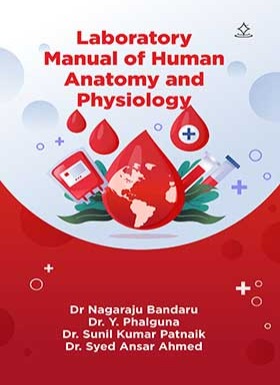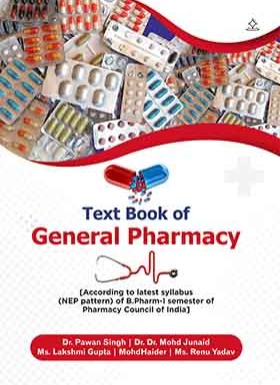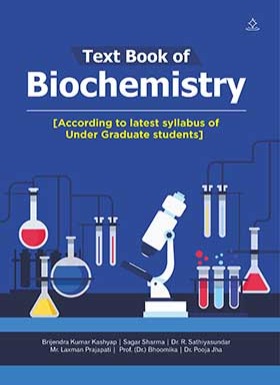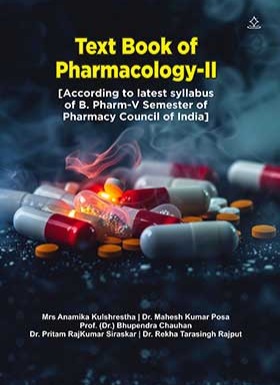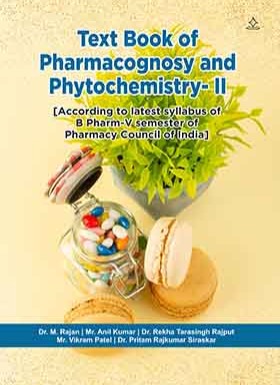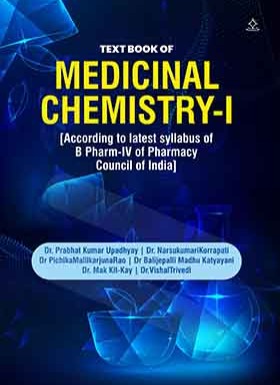


ISBN : 978-93-6087-334-9
Category : Academic
Catalogue : Medical And Nursing
ID : SB21617
TEXT BOOK OF MEDICINAL CHEMISTRY-I
According to latest syllabus of B Pharm-IV of Pharmacy Council of India
Dr. Prabhat Kumar Upadhyay, Dr. Narsukumari Korrapati, Dr Pichika Mallikarjuna Rao, Dr Balijepalli Madhu Katyayani, Dr. Mak Kit-Kay, Dr.Vishal Trivedi
Paperback
999.00
e Book
699.00
Pages : 269
Language : English
About Book
The Text Book of Medicinal Chemistry-I is a foundational academic resource tailored for undergraduate pharmacy and life science students. It begins with an insightful introduction to the history and development of medicinal chemistry, followed by an exploration of essential physicochemical properties—such as ionization, solubility, partition coefficient, and bioisosterism—that influence drug action. The book delves into drug metabolism, explaining both Phase I and Phase II reactions and emphasizing the stereochemical aspects affecting biotransformation. A significant portion is dedicated to the autonomic nervous system, detailing adrenergic and cholinergic neurotransmitters, their biosynthesis, metabolism, receptors, and drug interactions. Comprehensive coverage is given to sympathomimetic agents and adrenergic antagonists, including their classification, mechanism of action, and SAR. The cholinergic section spans both parasympathomimetic agents and cholinergic blockers, thoroughly explaining their pharmacological and structural aspects. Sedatives and hypnotics such as benzodiazepines and barbiturates are analyzed for their therapeutic role and SAR. Antipsychotic drugs, including phenothiazine derivatives and newer analogs, are presented with clarity. The anticonvulsant chapter includes barbiturates, hydantoins, and newer agents like gabapentin and valproic acid, along with mechanisms and SAR. The text also explains the classification and use of general anesthetics, including inhalation agents and dissociative anesthetics like ketamine. In-depth sections cover narcotic and non-narcotic analgesics, their SAR, mechanism, and therapeutic uses. It emphasizes both opioid agonists and antagonists, such as morphine and naloxone. The final chapter provides detailed information on anti-inflammatory drugs, including NSAIDs like aspirin, ibuprofen, and diclofenac. Throughout, the book emphasizes structure-activity relationships (SAR), mechanisms of action, and pharmacological applications. With drug examples and classifications well-integrated, this book provides a practical, application-oriented approach to medicinal chemistry. It is designed to help students connect chemical structures with pharmacological effects. Each chapter encourages critical thinking about how molecular features influence drug behavior. The text is organized logically, facilitating step-by-step learning of complex concepts. Additionally, it bridges the gap between basic science and clinical pharmacy, making it ideal for academic and exam preparation..
Customer Reviews

